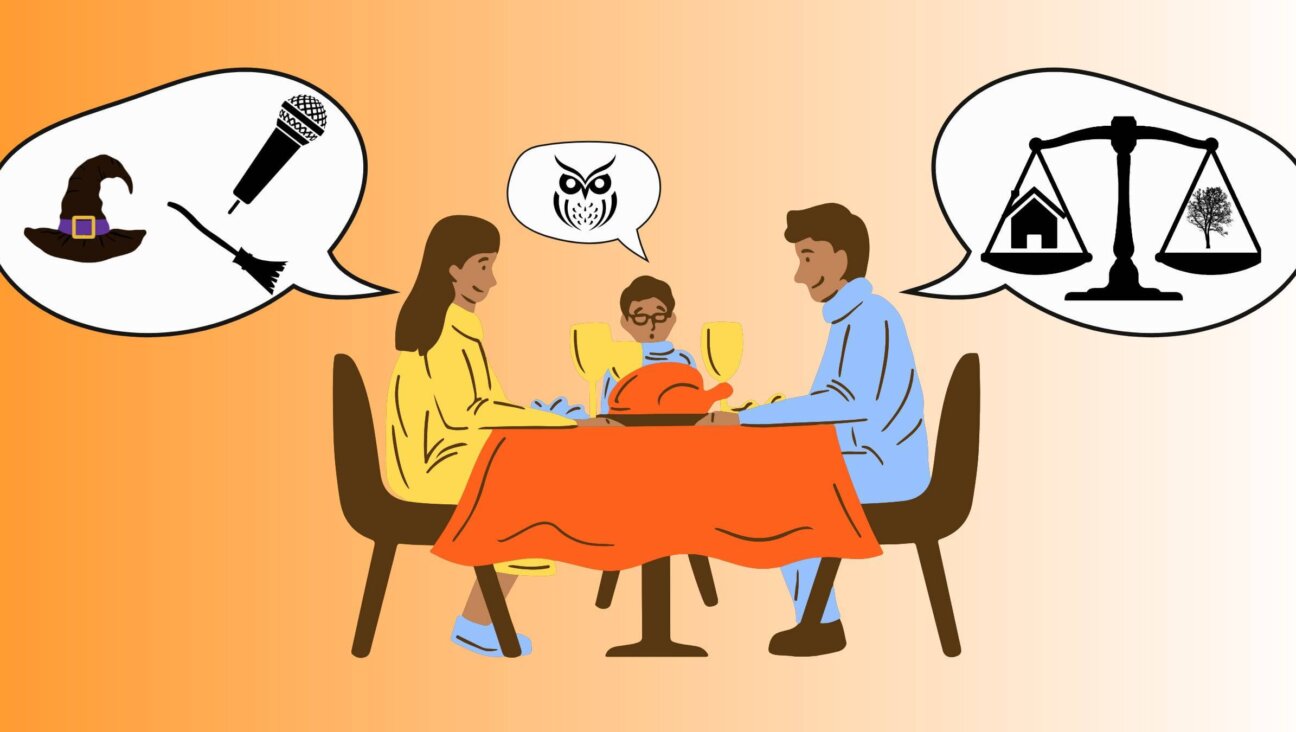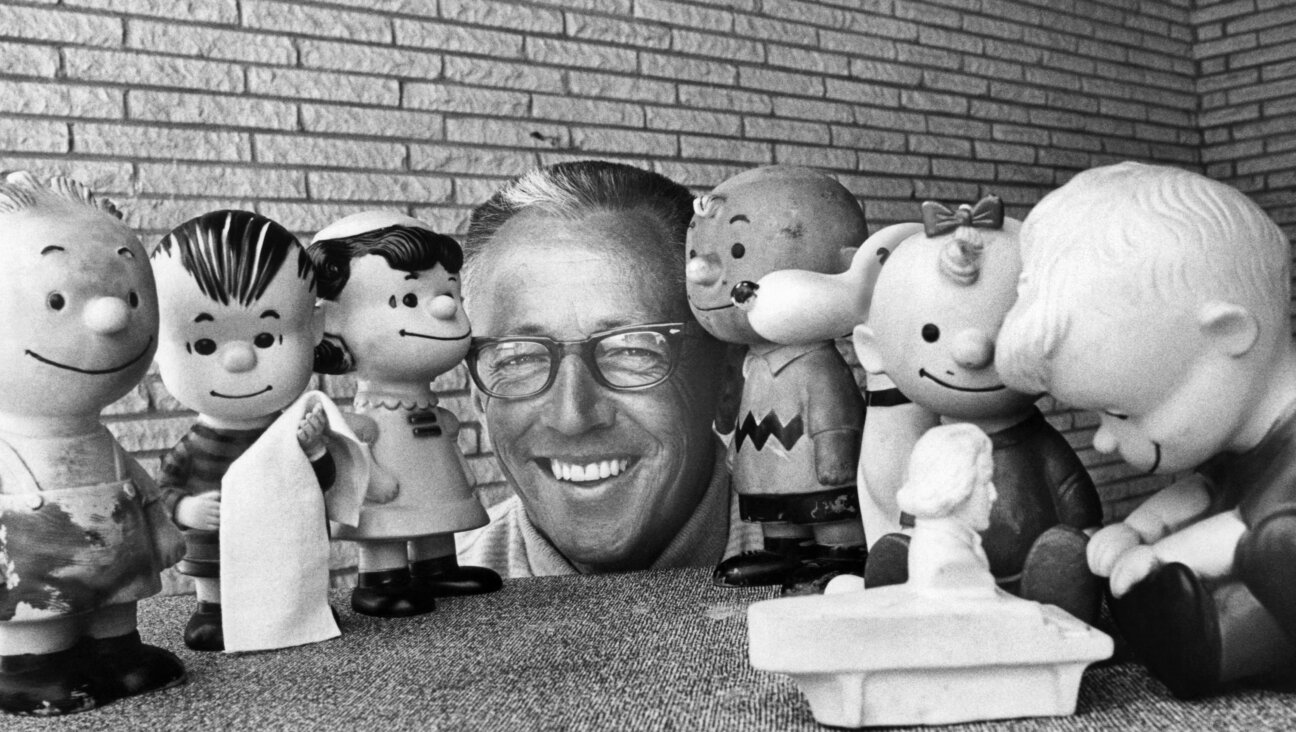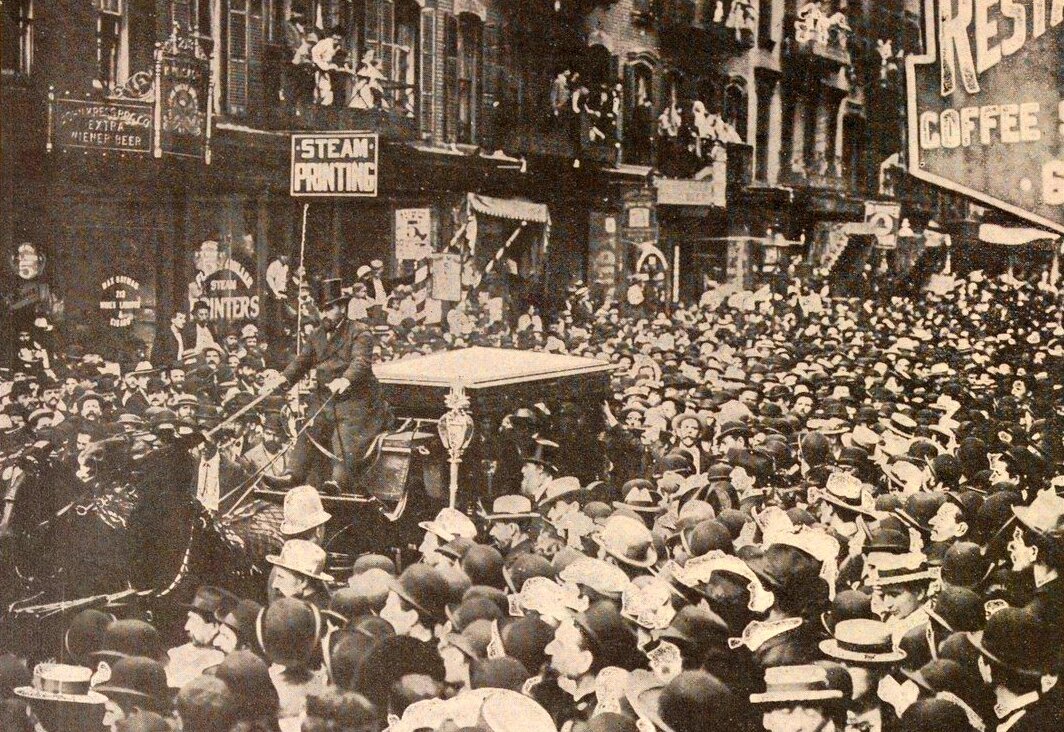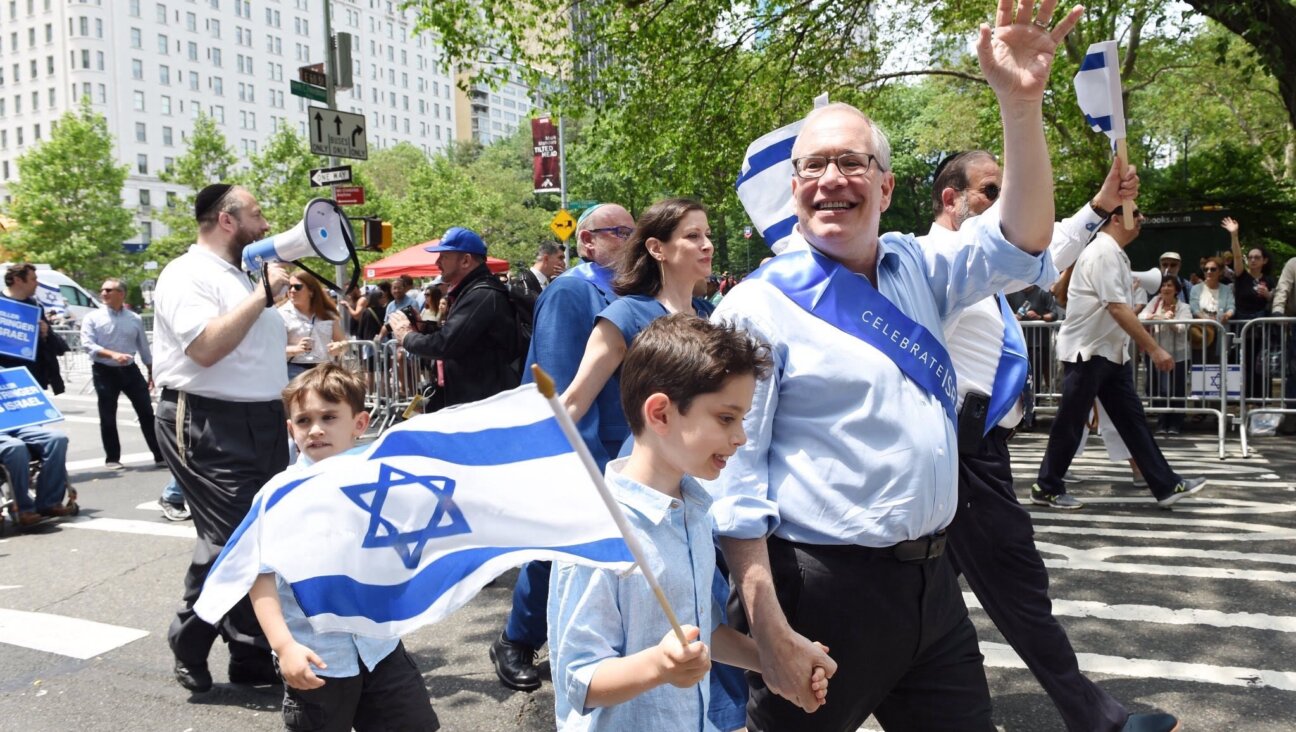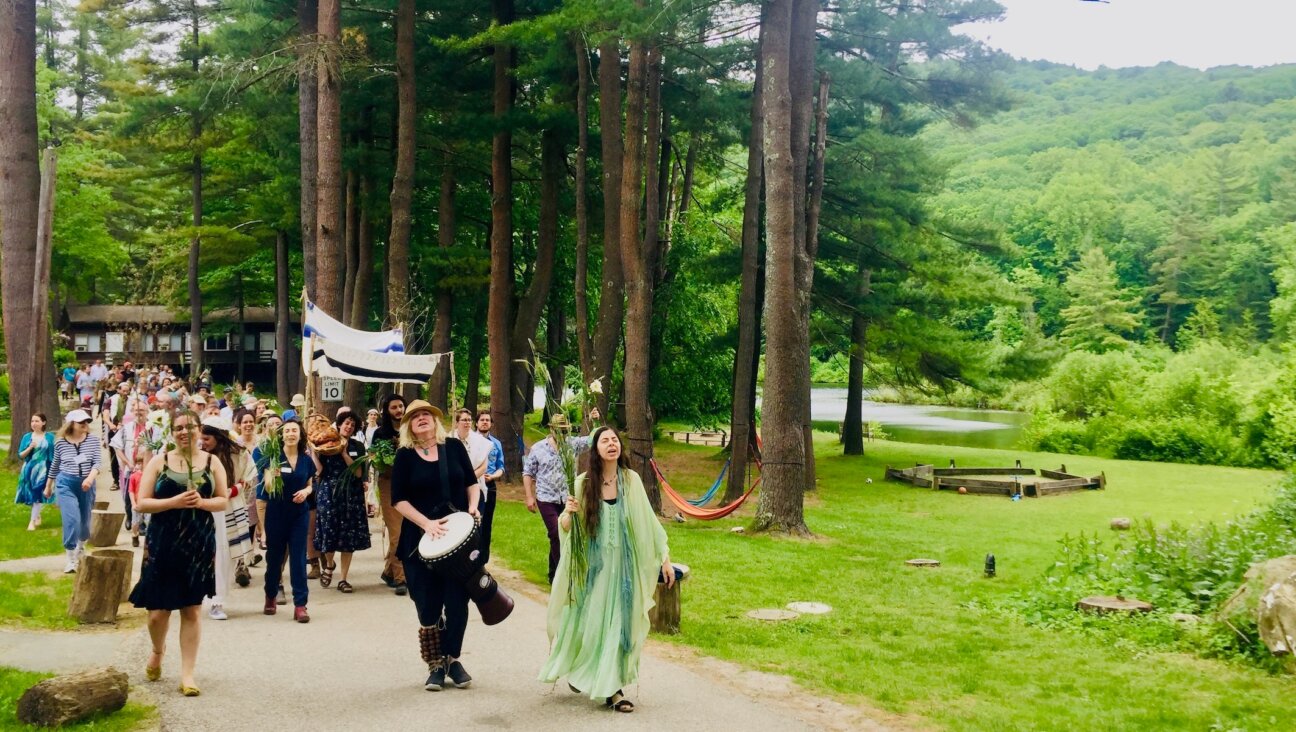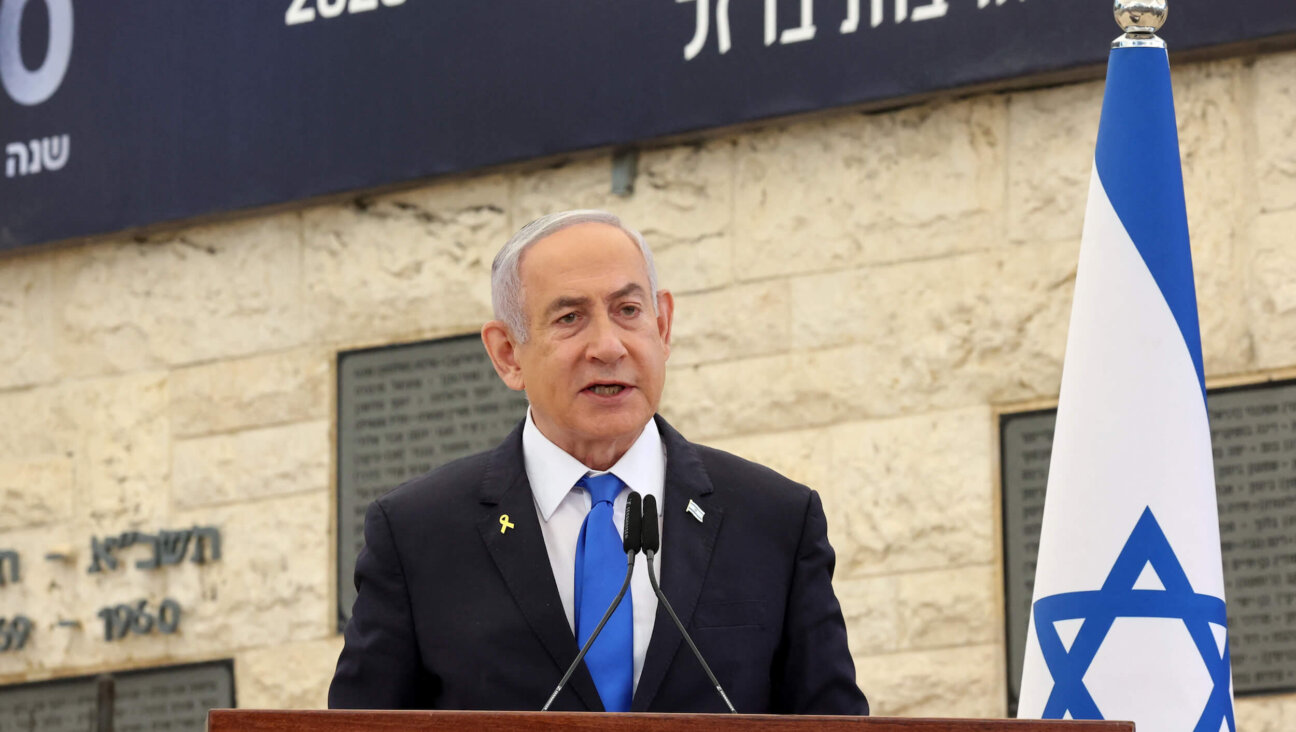Ezra Mendelsohn Expressed Hope in Humanity’s Potential

Image by Wikimedia Commons
The historian Ezra Mendelsohn, who has died of cancer at the age of 74, infused esthetics into the study of Jewish history to an unusual degree. As Rachel & Michael Edelman professor emeritus of European Jewry and Holocaust Studies at the Hebrew University, he produced compelling books in which modern Jewish history is informed by a sensitive appreciation of the arts. This is only natural, since as Mendelsohn pointed out in the preface to his “Painting a People: Maurycy Gottlieb and Jewish Art”: “Three of my uncles, the Soyer brothers, were artists in New York, and while I admit that I took little interest in their work when I was a child, I see now that they had a profound influence upon me. I was extremely fortunate to grow up in a family that honored learning and was imbued with Jewish idealism.”
Raphael, Moses, and Isaac Soyer were reticent about speaking on Jewish themes in painting, as art historian Samantha Baskind would find out in her study of their lives, but Mendelsohn shared no such qualms. He was born on New York’s Upper West Side in 1941 to Russian Jewish parents, Fanny Soier, a teacher of remedial reading and Isaac Mendelsohn, a professor of Semitic languages at Columbia University. His sister Ora Mendelsohn Rosen (1935-1990) was a research scientist who studied how hormones control cell development as a professor at Memorial Sloan-Kettering Cancer Center. It is not ironic that she died prematurely of cancer, her field of study, just an indication of her acumen in choosing a specialty that would be so pertinent to her experience. Sharing in this perceptiveness and the family’s questing mind, Mendelsohn made an early splash in 1964 at a high-profile YIVO Research Conference on Jewish Participation in Movements Devoted to the Cause of Social Progress. Introduced as “Professor Mendelsohn” at that conference where he spoke on “Leadership and Rank and File in the Jewish Labor Movement in Czarist Russia: Sources of Conflict,” he demurred with typical modesty: “I’m not a professor, but thank you, if I ever will be.” However conflictual and potentially bellicose the subjects he dealt with, Mendelsohn always conveyed his insights with good humoured poise.
Even more, he drew meanings from the works he studied, eliciting inspiration towards social idealism. In a lecture at the Central European University about “Christ Preaching at Capernaum,” a canvas by the Polish Jewish painter Maurycy Gottlieb (1856–1879), he argued:
“We can read [Gottlieb’s] canvas as an exercise in reclaiming Jesus for Jewish history, and as a statement of Jewish pride. The Poles may have their victories over German invaders; the Jews have given the world a great prophet, recognized by millions as the Messiah. But Gottlieb’s painting conveys much more than this. I believe that ‘Christ Preaching at Capernaum’ should also be read as a plea for tolerance, for cooperation and mutual respect between Jews and Poles, and for a peaceful solution to the ethnic divisions that so bedeviled the Austro-Hungarian Monarchy.”
This sense of hope in humanity’s potential was expressed in a 1980 article in “The Michigan Daily,” where reacting to harsh American campus criticism of Israel, he reminded student readers that the Jews of Europe and the Middle East were an “oppressed minority”: “The best, most courageous, and most self-sacrificing of them (including my father, who lived through the horrors of the revolution and civil war in the Ukraine and went to Jerusalem in 1921) went to Palestine and devoted themselves to building roads, draining swamps, and creating a society in which they could be masters of their fate. I am far from believing that all their dreams have come true. But I do believe that they were heroes, men and women in whom all Jews (and not only Jews) should take pride.” He concluded: “Israel makes mistakes, but as we approach her 32nd year of independence I do not doubt that she is here to stay.”
Comparable staying power is reflected in such books by Mendelsohn as “Class Struggle in the Pale: The Formative Years of the Jewish Worker’s Movement in Tsarist Russia,” (1970); “The Jews of East Central Europe between the World Wars” (1983); and “On Modern Jewish Politics” (1993). In them, he clarified historical events with empathy, as he did as co-editor of “Studies in Contemporary Jewry” and editor of “Zion.”
Esthetics appeared even in unexpected places, as in “Jews and the Sporting Life,” a volume he edited in 2009. At “Jews and the Left,” a 2012 YIVO conference, he remarked that he was the last survivor among speakers at the earlier conference almost a half-century before. Yet Mendelsohn inspired so many students in his quest to illuminate history through the arts that it may be hoped he was not really the Last of the Mohicans.
Benjamin Ivry is a frequent contributor to the Forward.
A message from our CEO & publisher Rachel Fishman Feddersen

I hope you appreciated this article. Before you go, I’d like to ask you to please support the Forward’s award-winning, nonprofit journalism during this critical time.
We’ve set a goal to raise $260,000 by December 31. That’s an ambitious goal, but one that will give us the resources we need to invest in the high quality news, opinion, analysis and cultural coverage that isn’t available anywhere else.
If you feel inspired to make an impact, now is the time to give something back. Join us as a member at your most generous level.
— Rachel Fishman Feddersen, Publisher and CEO








